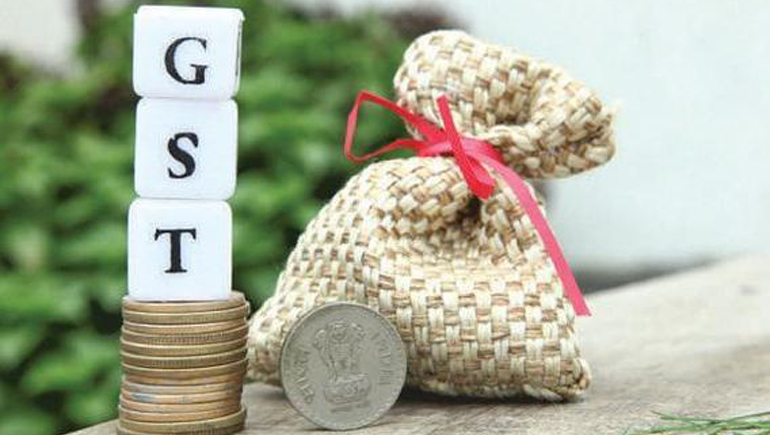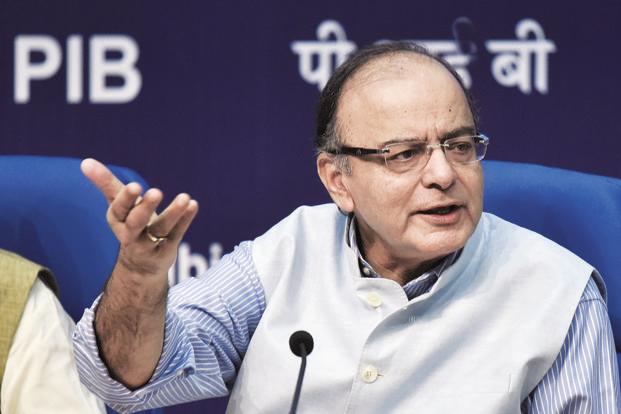NEW DELHI, JUNE 15:
With less than two weeks to go, the Centre and States are hoping to wrap up discussions on the goods and services tax (GST) this weekend and approve the e-way bill and anti-profiteering rules.
The GST Council will meet on June 18 and will also finalise the tax rate on lottery as well as the other remaining rules.
“The main agenda items are approval of draft GST rules and related forms for advance ruling, appeals and revision, assessment and audit e-way bill and anti-profiteering,” the Finance Ministry said in a release on Thursday, adding that it may also look into fitment and adjustment of GST rates on some more items.
The Council had met on June 11 when it lowered rates on 66 items and also approved rules for accounts and records under GST.
“We hope this is the last round of discussions and all pending issues are finalised. Another meeting may take place after this but only to review the preparedness for the new regime,” said an official source.
The government hopes to roll out GST from July 1.
But approval of the all-important anti-profiteering rules and e-way bill, which are seen as critical components of the new regime are still pending.
While the Council has already approved the mechanism for the anti profiteering agency, it is yet to be notified until the final rules are approved.
The draft e-way bill was issued in April and made it mandatory for movement of goods of over ₹50,000 to be registered with the GST Network. While the States are keen to roll it out with the new tax regime, the requisite infrastructure is still not in place. The Centre and the GSTN have indicated that it should be pushed back by a few months.
Rate on lottery
Meanwhile, the GST Council also has to finalise the tax rate on lottery.
With a number of States like Kerala, Sikkim and Maharashtra earning significant revenue from lottery, sources said that the Council may choose to follow the model for entertainment under GST.
Lottery is likely to be put in the 28 per cent tax slab under GST, along with a cess. States would then also levy an additional tax or cess at the local level to ensure that they do not lose out on revenue.
Automobiles
The Council will also review the tax position on automobiles as manufacturers have been calling for a re-look on the proposed GST rate on hybrid cars.
The Council had last month fixed 43 per cent tax (28 per cent GST plus 15 per cent cess) on hybrid cars and Finance Minister Arun Jaitley had indicated that it may not be reviewed. However, a discussion paper was floated.


